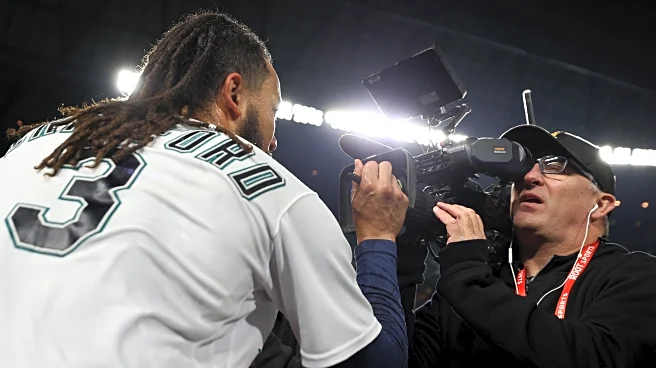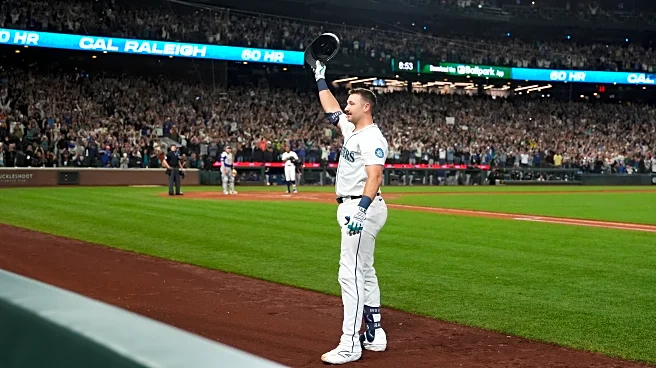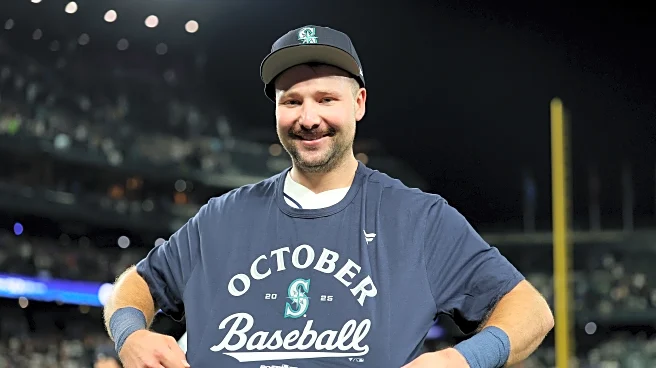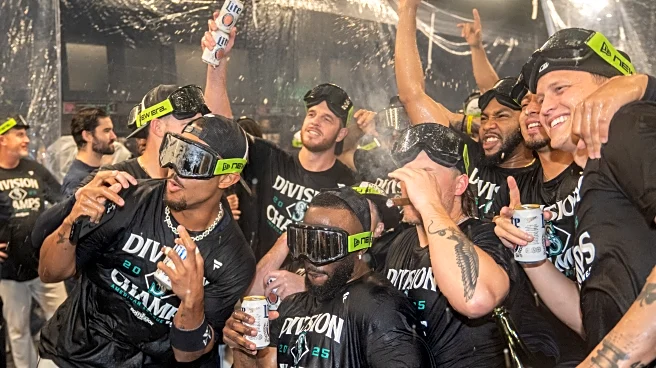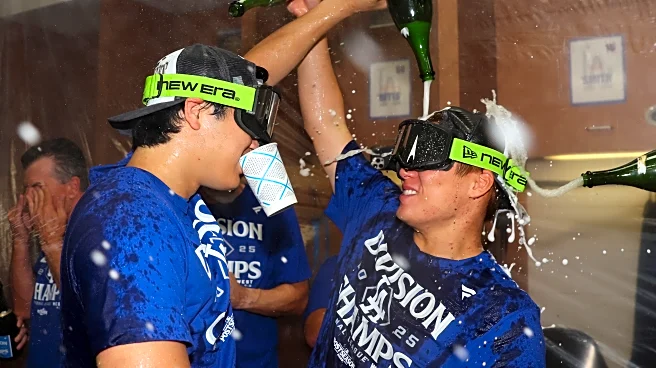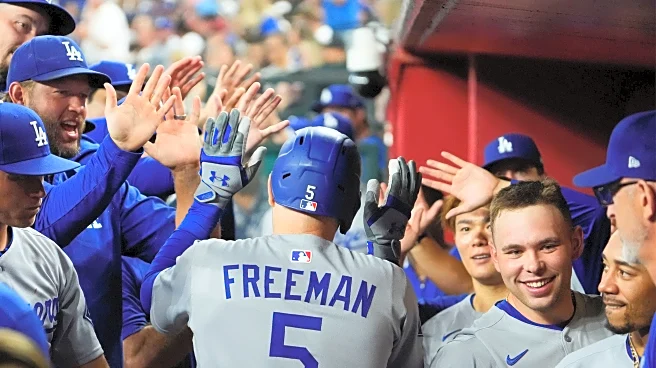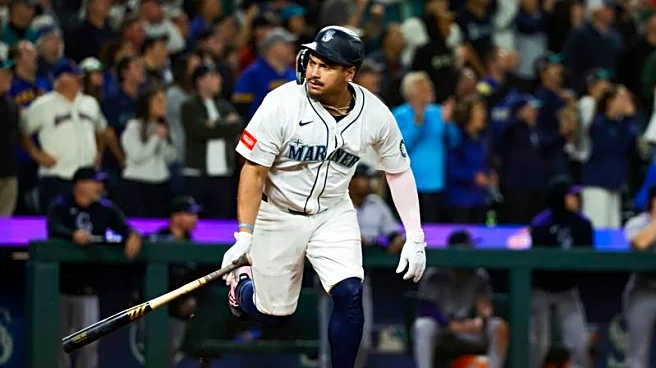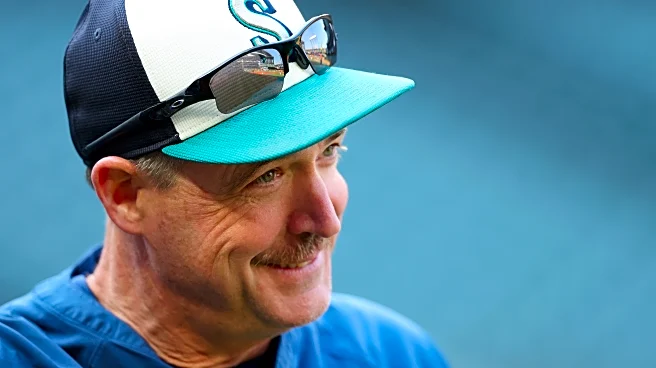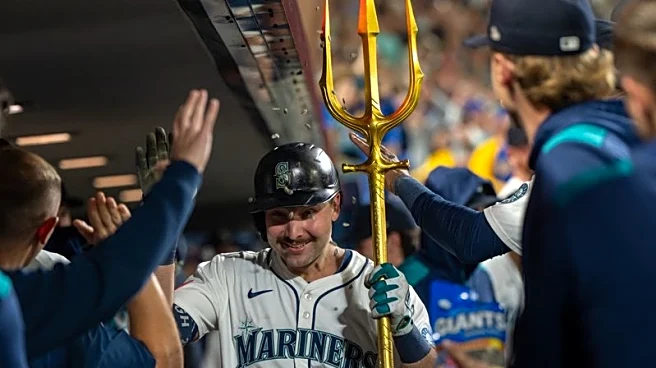The Seattle Mariners announced Friday that they are cutting the cord for good on ROOT Sports, letting go at least 25 staff by November 3rd per Ryan Divish of the Seattle Times, and concluding service for good on December 31st. The final Mariners broadcast will be this Sunday, the team’s final regular season game. The announcement was delivered by Mariners chairman and face of the ownership group, John Stanton, to ROOT staff this past Monday prior to its publicization today.
The moment is gutting for
those who will lose their jobs, and a testament to the shifting nature of the financial viability of broadcast media from even a decade ago, when Seattle was a fairly early adopter in the financially lucrative field of owning and operating their own broadcast affiliate. For fans wary of tumult on the broadcast, there is likely to be reasonable continuity, as most of the in-game on-air talent for both TV and radio broadcasts are functionally employed by the Mariners themselves.
In their statement, the team acknowledged the nearly 40 years of continuity for ROOT in broadcasting M’s games, including its earlier iterations and branding as Fox Sports Northwest, FSN Northwest, Prime Sports Northwest, and Northwest Cable Sports. Originally founded in 1988 as a joint venture of Tele-Communications Inc. and Viacom, the organization flowed through Liberty Media and DirecTV as partial owners. In 2013, the Seattle Mariners announced they had purchased a 71% stake in the company, taking over as the functional owners of their own broadcaster before seeing DirecTV swap with AT&T (the pertinent component of which eventually became Warner Bros. Discovery). In 2023, Warner Bros. Discovery bowed out, leaving the Mariners to acquire full ownership of the company, with MLB taking over a partial role of production for M’s games for the 2025 season.
ROOT has at times held a massive space in the sports scene of the Pacific Northwest, at times broadcasting the Mariners, Seattle Storm, Seattle Sounders, Seattle SuperSonics, Portland Trail Blazers and Utah Jazz, Seattle Kraken and Las Vegas Golden Knights, Gonzaga and Seattle University men’s basketball, an immense range of college and high school sports of all varieties across the Pacific Northwest and Rocky Mountain range.
It seems likely the Mariners and ROOT had hopes for broadcasting the SuperSonics in event of their return, which might’ve been a boon to broadcast in their biggest media market. The constant dangling of the NBA’s return to augment the sports environment never materialized, and ROOT’s dwindling catalog saw the Storm, Sounders, Kraken, and Blazers all find other homes, along with most of the rest of the eye-drawing content that might’ve made a difference.
For consumers, what’s to come is akin to what MLB has done across around a dozen other ballclubs who’ve seen their subscription shift from a traditional cable broadcast to MLB-run production. That may not actually change much for viewers, who should have a direct-streaming option in-market as has been an option for the Padres, Guardians, Twins, Diamondbacks, and others for a few years. Additionally, a cable option will likely still exist, though which tier of which packages will be pertinent. The shift by Comcast of ROOT to their most expensive level of subscription was highlighted as an excuse from the organization for an unexpected lack of payroll in years past, and while it’s rich coming from an ownership group flush with wealth from tech, telecom, Boeing, and banking, it’s unequivocal that cord-cutting has decimated the value of traditional cable television and its affiliation.
We’ll continue to update as the winter progresses and what viewership looks like for the 2026 season begins to take form.
